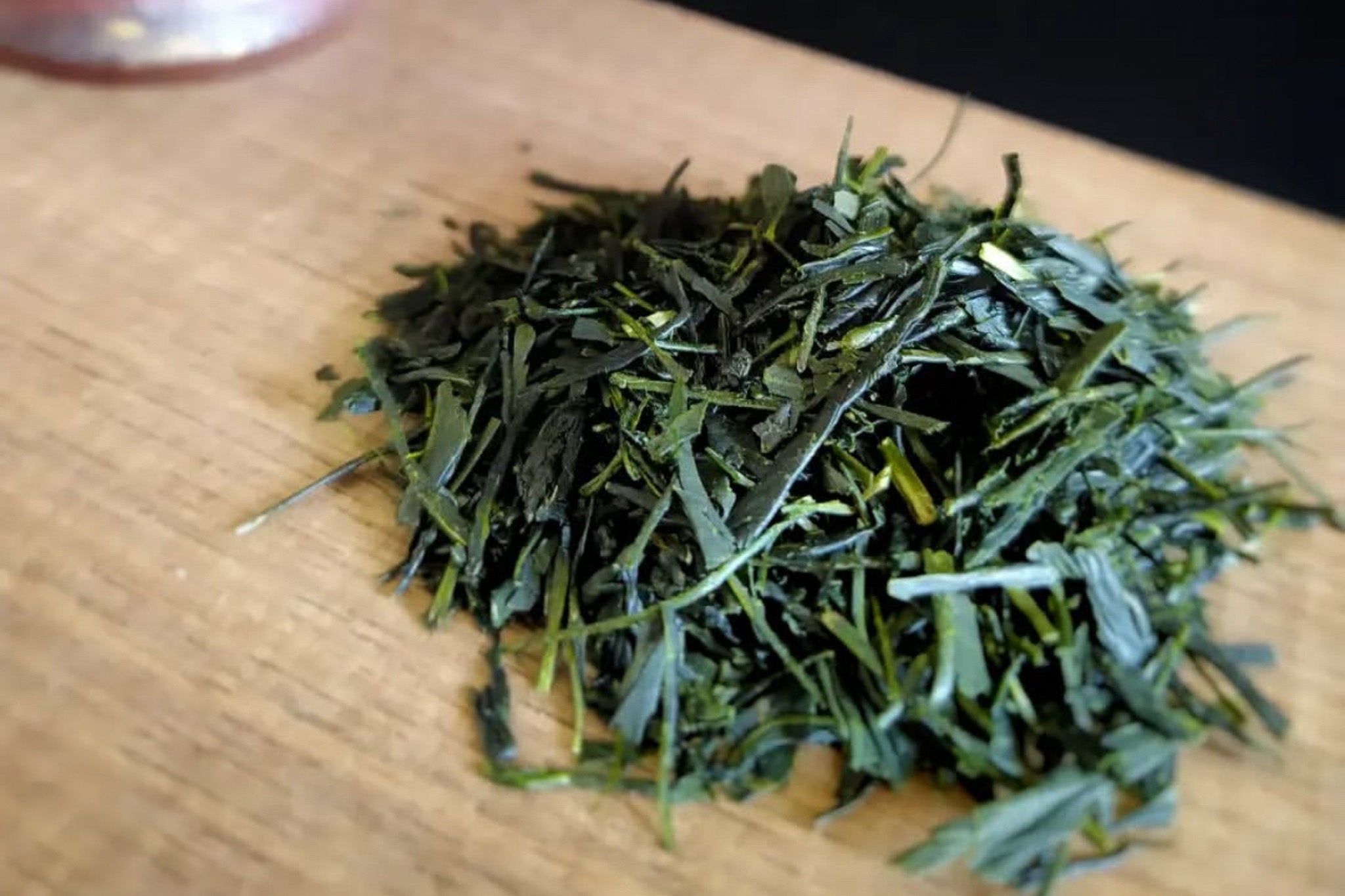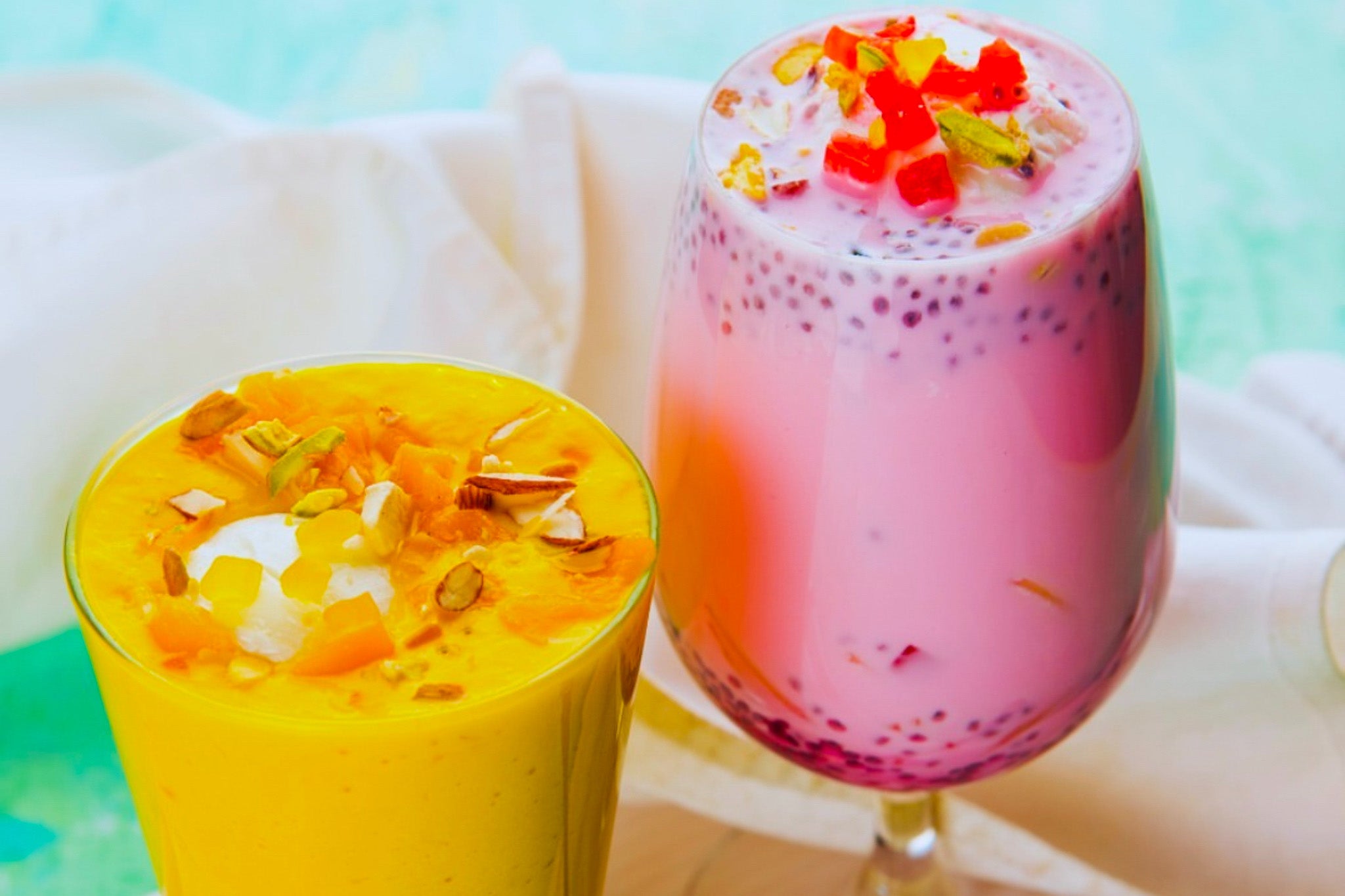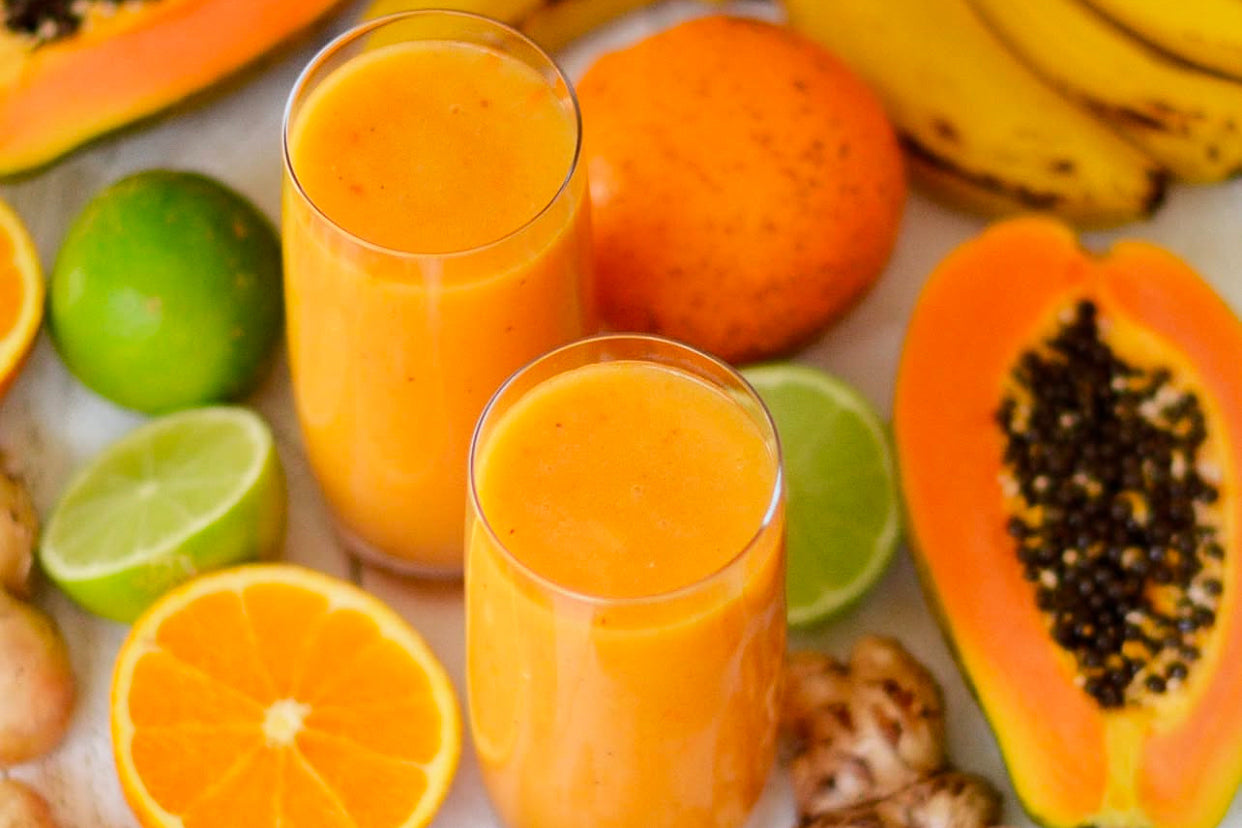
Best Green Tea
Green tea is well-known for its many health benefits. Drinking it every day can help strengthen your immune system, making it better at fighting off sickness. The antioxidants in green tea also work wonders for your skin, helping it look younger by improving its firmness and reducing wrinkles. Plus, adding green tea to your daily routine can boost your overall health. It may help with managing your weight, increase your energy levels, and support heart health. By including green tea in your lifestyle, you're making a positive choice for your body and your well-being.
Let's find the best green tea on the market in the US.
Sencha Green Tea
Steamed teas like Sencha create a beautifully cloudy and colorful drink. Sencha ("infused tea" in Japanese) is a popular green tea made by soaking whole tea leaves in hot water. This differs from matcha, which is made from powdered green tea mixed directly with water, so you consume the leaves. In Japan, sencha is the most consumed tea.
Shop on Amazon Sencha Green Tea
There are different kinds of Japanese green tea, and sencha is unique when compared to others like gyokuro (which is grown in the shade for a longer time) and bancha (which is harvested later in the season). Sencha accounts for about 80% of Japan's tea production.
The taste of sencha can change depending on the time of year and where it's grown. In Japan, tea picking starts in the south and moves northward as spring arrives. Tea plants gather nutrients in winter, and the new leaves that sprout in spring are packed with these nutrients. The shincha season runs from early April to late May and begins 88 days after a festival called Setsubun, which usually happens around February 4. This festival marks the start of spring in Japan, and drinking sencha during this time is thought to bring good health for the year.
When brewed correctly, sencha should have a bright greenish-golden color. Its flavor can change based on how hot the water is; cooler water makes for a softer taste, while hotter water gives it a sharper, more astringent flavor. Some types of sencha even expand when steeped, reminding you of fresh vegetables in smell and taste.
Making sencha is different from how Chinese green teas are prepared. Japanese green tea is steamed briefly to prevent the leaves from oxidizing. After steaming, the leaves are rolled, shaped, and dried, giving them their typical thin, cylindrical look. Finally, the leaves are sorted into different quality levels.
This steaming process makes Japanese green tea taste different from Chinese green tea, giving it a more earthy, grassy flavor and sometimes even a hint of seaweed. Plus, infusions of sencha and other steamed green teas tend to have a greener color and a slightly more bitter taste than their Chinese counterparts.
Gyokuro
Gyokuro is a special green tea from Japan known for its unique growing process. The name "gyokuro" means "jade dew," representing the tea's beautiful color and refreshing taste. What sets gyokuro apart from regular green tea, like sencha, is that its tea plants are grown in the shade. Instead of basking in the sunlight, gyokuro plants are covered with reed screens, straw, or nets to block out the most direct sunlight for about 20 days. This unique treatment helps enhance the flavor and aroma of the tea.
Gyokuro is made from carefully chosen tea leaves from specific plants, unlike many regular green teas from the common Yabukita variety. The preferred types of gyokuro include names like Asahi, Okumidori, Yamakai, and Saemidori. Gyokuro is mostly produced in regions such as Fukuoka, Kyoto, and Mie in Japan.
The history of gyokuro dates back to the 1830s. A merchant named Yamamoto Kaheid noticed farmers used nets to protect their tea plants from frost. He discovered that this shading kept the plants safe and improved the tea's flavor. He brought gyokuro to Edo (now Tokyo), where it quickly became popular among tea lovers.
Matcha
Matcha started in China, but its production has changed over time. In the 14th century, China stopped making a type of compressed tea used to create matcha. Then, in the 16th century, Japan developed new ways to grow tea under shade. Today, most matcha is made in Japan.
Matcha is a popular drink, but it is also used to add flavor and color to many foods. You can find matcha in mochi, soba noodles, green tea ice cream, matcha lattes, and Japanese sweets called wagashi. Some products use cheaper matcha with added colors instead of the more expensive, high-quality version.







Leave a comment
This site is protected by hCaptcha and the hCaptcha Privacy Policy and Terms of Service apply.